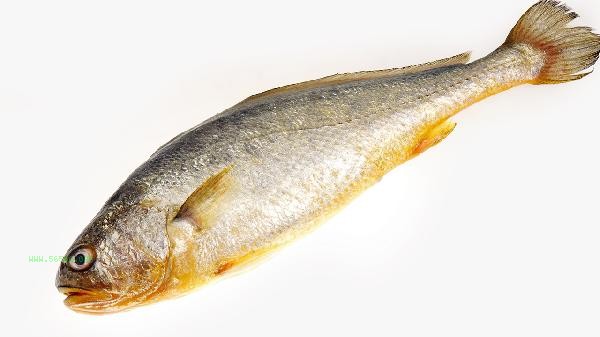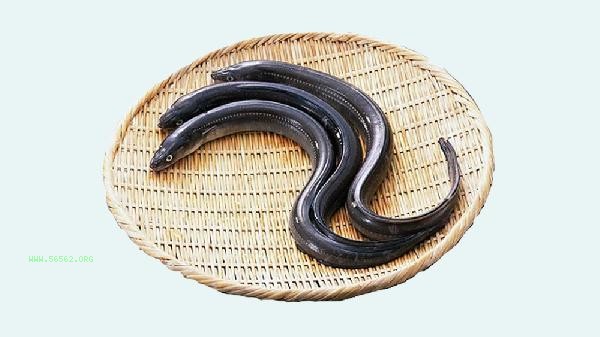Moderate consumption of eels does not pose significant harm to healthy individuals, but excessive or special circumstances may lead to parasitic infections, heavy metal accumulation, and other issues. The main risks include parasitic residue, high purine content, allergic reactions, high cholesterol, and nutrient loss caused by improper cooking methods.

1. Parasitic residues
Wild eels may carry parasites such as jaw nematodes, which can easily lead to infection if not heated sufficiently. After infection, abdominal pain, diarrhea, or larval migration may occur. It is recommended to choose artificially farmed products and keep them continuously heated above 100 degrees Celsius during cooking, avoiding raw or undercooked food.
2. High purine risk
Eel contains about 130 milligrams of purine per 100 grams, which is considered a medium high purine food ingredient. Patients with acute gout attacks may experience worsening joint swelling and pain when consumed, while long-term excessive intake in individuals with hyperuricemia may increase the likelihood of gout attacks. It is recommended that individuals with metabolic abnormalities consume no more than 200 grams per week.
3. Allergic reactions
Eel protein may cause type I hypersensitivity reactions, and allergic individuals may experience symptoms such as skin itching and laryngeal edema after consuming it. The first consumption should be attempted in small amounts. If there are any abnormalities such as numbness in the lips, immediately stop eating and seek medical attention for allergy symptoms.

4. High cholesterol
Eel has a cholesterol content of 126 milligrams per 100 grams, which is three times that of grass carp. Long term excessive consumption by patients with cardiovascular disease may affect blood lipid metabolism. It is recommended to consume vegetables and fruits rich in dietary fiber together, with a single intake controlled within 150 grams.
5. Risk of nutrient loss
High temperature frying can destroy the abundant unsaturated fatty acids and B vitamins in eels. Recommend using low-temperature cooking methods such as steaming and stir frying to avoid repeated frying. Cooking should be done immediately after slaughter, as prolonged storage can cause an increase in histamine levels and discomfort. Eating eels 2-3 times a week for healthy individuals can help supplement high-quality protein and trace elements, but it is important to choose reputable sources and thoroughly cook them. Special populations should adjust their intake according to their own conditions. Gout patients are recommended to prioritize fish with lower purine content, such as mandarin fish and sea bass, as substitutes. If persistent abdominal pain or rash occurs after consumption, seek medical attention promptly. Daily storage should be frozen and sealed to avoid cross contamination. Paired with spices such as ginger and garlic, it can not only remove fishy smell but also help with digestion and absorption, avoiding consumption with cold foods and reducing the risk of diarrhea.









Comments (0)
Leave a Comment
No comments yet
Be the first to share your thoughts!